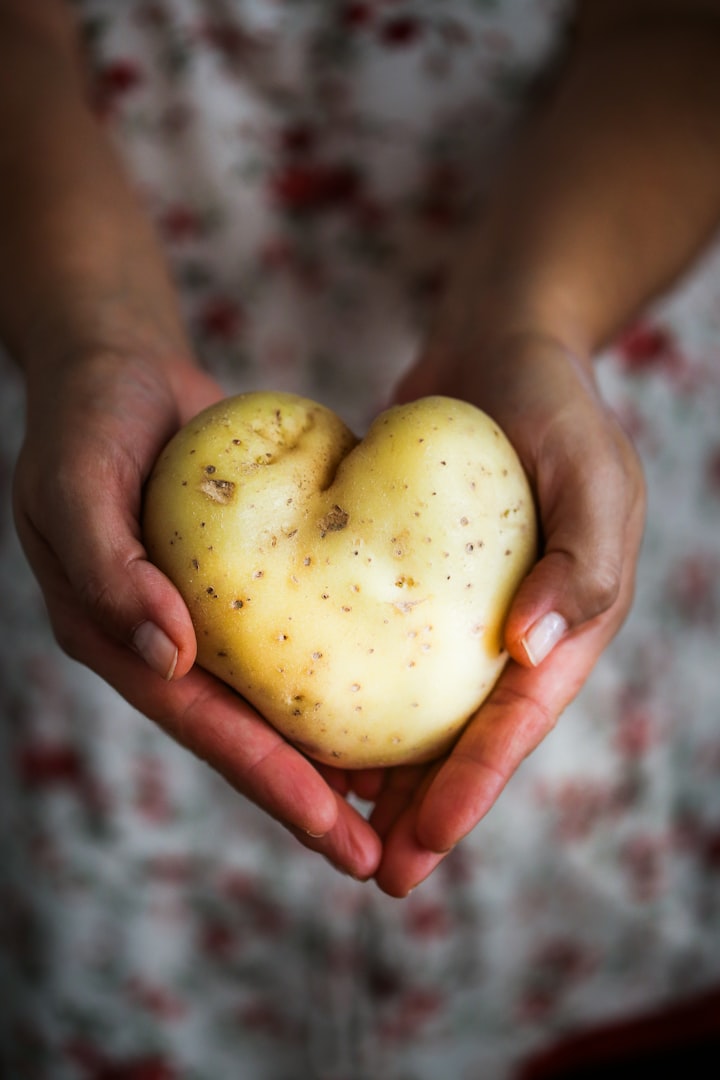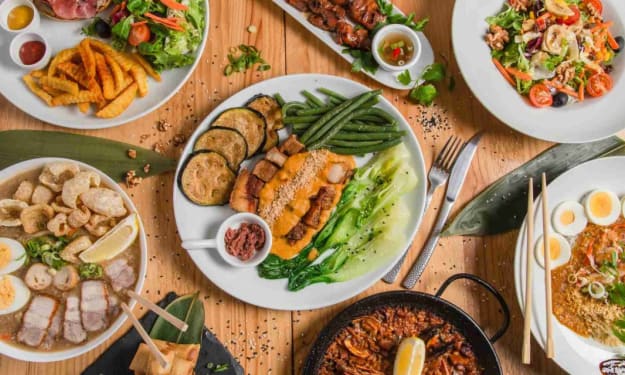Caldo Verde (Green Broth)
An American's Take on a Portuguese Dish

My aunt didn’t speak any Portuguese when she visited Portugal for the first time. But, as someone who likes to keep busy, she helped her host with the cooking.
“It was the most connected I felt to him,” she told me. “We never spoke a word to each other; we would just point and gesture to what we needed and work together. Cooking was the language we shared.”
Food was always how I connected with my mother’s home culture, which she barely knew herself. Cooking Portuguese dishes myself was what made me feel like I belonged to the culture too.
My Açorean Experience
Although I’m the daughter of an immigrant, my mother came to the United States when she was only four. I grew up with a relatively typical American childhood.
I didn’t learn much Portuguese growing up. When I try to speak it now, my grandmother chuckles and says with her accent, “You sound like me when I speak English.”
I loved our trips. I loved swimming at a beach composed of volcanic rock instead of sand. I loved exploring the caves and museums. But as amazing as it was to tour the island where my late grandfather grew up, to visit the church where he and my grandmother met and married, and to see the house where my mother was born, it felt like a world that I was not a part of. I was too American.
But then there was the food.
Most of the Portuguese words and phrases I could recognize were the food-related ones my grandmother used most around my brother and I as children: sabrosa (delicious), chouriço (sausage), barriga (belly). Some of my favorite foods came from my grandparents’ kitchen. Stewed beans with wine and pork. Fried sardines. Bacalhau (codfish) with chickpeas. And, of course, caldo verde.

During the two trips I took with my family to the Açores, the islands off the coast of the Portuguese mainland, we stayed with friends of the family who owned a bakery in Terceira. We ate fresh papos secos (rolls) with manteiga (butter) and queijo (cheese) for breakfast every morning. I tried lapas (steamed barnacles) and lingua da vaca (cow’s tongue) for the first time at a restaurant nearby. I even got to eat a boiled dinner that had been cooked in the ground at the hot springs.
But caldo verde has always been one of my favorite recipes.
Some Background
The literal translation of caldo verde is "green broth." It’s a potato, kale, and chouriço soup that was almost always at my grandmother’s or at my great-aunt’s house ready to eat.
My grandmother only recently told me, however, that it’s not a traditional Açorean dish; it’s one that she learned from some people visiting from the Portuguese mainland back when she still lived in Terceira, the island where my mother was born.
Still, it’s one of my favorites, as a child and in adulthood.
I wish I had learned the recipe from my grandmother. But when my grandfather died, she stopped cooking so often. She’d never liked it much, and my grandfather was the one who taught her.
However, I joined an amazing Facebook community where I could see pictures of all the foods I loved as a child and, in the comments, the recipes for my favorites. So, when the pandemic gave me more free time than I was used to, I would cut up some potatoes ahead of time (or ask for my husband’s help if we had a sudden craving) and learn how to cook caldo verde.
Fair warning: when it comes to this recipe, I hardly ever measure any of the ingredients. Being able to freestyle a bit with the recipe makes it feel both more my own and part of a tradition.
The Recipe
In a large pot, I start by cooking the chouriço all the way through. My mother and I love to go to Portugalia, a Portuguese market in Fall River, or JC’s Butcher Shop in Warwick whenever we need to stock our freezers. I usually remove the casing and crumble or cut up the chouriço into bite-sized chunks before heating it up in the pot with some olive oil.
I often have to slap my husband’s hand away from the cutting board. It’s savory and just a little spicy, so I can’t really blame him. My favorites are the fattier pieces that practically melt in my mouth.
While the chouriço cooks, I chop an onion. Once the chouriço is cooked through, I set it aside in a bowl and add more olive oil to the pot, if needed. Then I cook the onion and some garlic. Sometimes I like to add some white wine to add more flavor and to keep everything from sticking. I also like to add a bit of paprika.

Once the onions are translucent, I start adding seven or eight cubed potatoes. Sometimes I peel the potatoes, and sometimes I don’t. Just make sure to wash them thoroughly. Then I add enough water or chicken broth (I prefer to use chicken bouillon powder mixed with water) to submerge everything and bring it all to a boil, covered.
I check the potatoes after twenty minutes to make sure I can easily stick a fork through them, and then add a few handfuls of frozen kale to the pot during the last five minutes of boiling to let it wilt.
This is where my American desire for convenience overrides the traditional recipe.
My grandmother used to use fresh kale, and slice it very fine before adding it to the soup. She joked that the more time she spent cutting, the thicker the pieces of kale would get, because she would get so tired of all the work.
“Make sure you rinse the kale after you cut it and before you put it in the soup, or it gets too bitter,” she advised me once over the phone.
“Oh, well, I actually just use frozen kale,” I admitted guiltily, “and then after it wilts, I use an immersion blender.”
“What is that?”
“It’s like a blender on a wand that I can stick in the soup. It cuts up the kale and the potatoes.”
“Oh, that’s easy!” I could almost hear a note of envy in her tone.

Make sure you take the pot off the burner before blending everything! And feel free to add more broth or water to your desired thickness. My grandmother and I both prefer a thinner broth. She often jokes that Americans make pea soup so thick that the spoon could stand up in the broth on its own.
Finally, I put the pot back on the burner, add the chouriço, and stir to combine. I let it come to a simmer again, salt and pepper to taste, and it’s ready to serve.
Just make sure that you add about half a tablespoon or so of olive oil to your bowl before you dig in. Trust me.
Dinner is Served
As a child, caldo verde was usually served as an appetizer or side dish. But when I make it, it’s a full meal.
The potato broth is salty and filling. The chouriço gives the soup a bit more texture and lots of flavor. The kale helps balance the flavor and makes me feel like I’m eating somewhat healthier. Sometimes I accidentally add too much kale and the broth ends up too green. But it’s still delicious.
It’s one of my husband’s most-requested dishes. I always feel proud when we both scrape the last bits of broth out of the bowls or sop it up with a papo seco. It may not be the dish that my great-aunt or my grandmother used to make, but it’s my own.
And it’s one that I can share.
About the Creator
Sarah Shea
I am a teacher with a passion for creative writing. My favorite genres to write are young adult, humor poetry, and memoir essays. Join me on my journey!





Comments
There are no comments for this story
Be the first to respond and start the conversation.